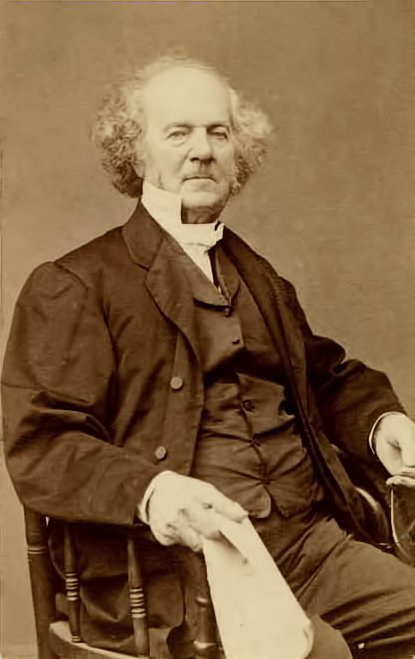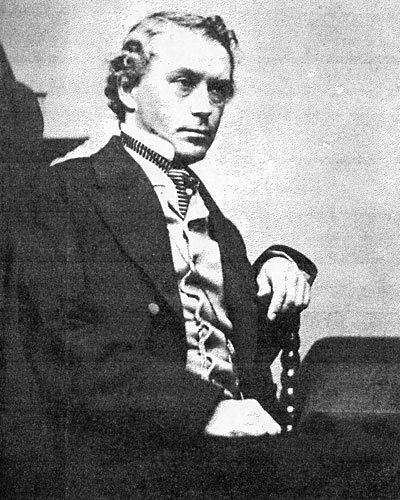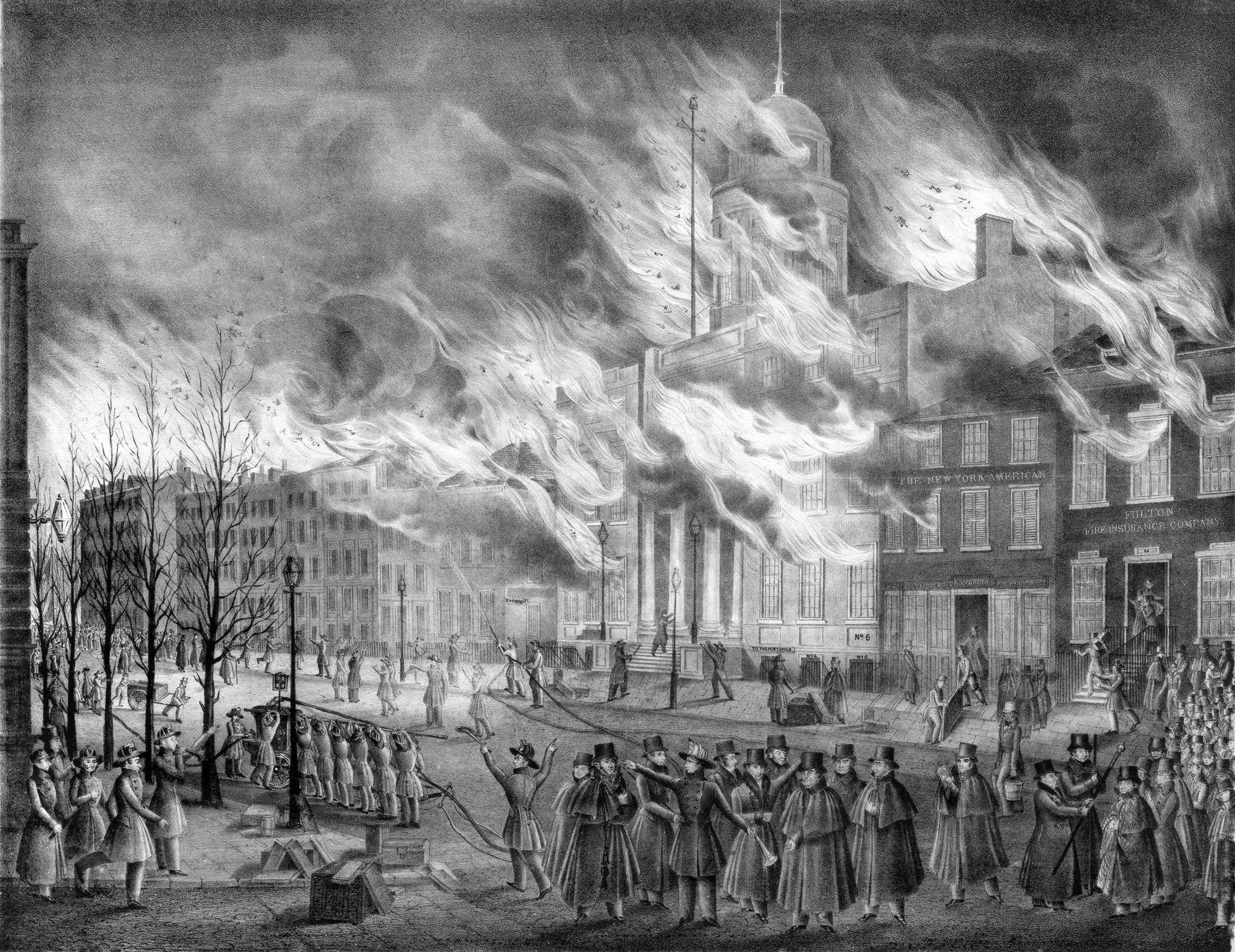Manhattan Phoenix: Daniel Levy (1835)
There is nowhere on earth quite like New York. In this episode the writer and journalist Daniel Levy takes us back to the early nineteenth-century and to a dramatic moment in the city’s development. The Great Fire of 1835, he explains, was a formative event. It was a time when New York began its magical transformation from a large unruly community into a large unruly metropolis.
*** [About our format] ***
‘It is only necessary to sit down with a minute map of the country,’ observed the novelist James Fenimore Cooper in the 1820s, ‘to perceive at a glance, that Nature herself has intended the island of Manhattan for the site of one of the greatest commercial towns in the world.’
Few could argue with his assessment. Situated between two great rivers and on the edge of a deep-water harbour with easy access to the open ocean, Manhattan Island was at once both sheltered and accessible. As the modern world developed, these advantages were increasingly exploited. During the War of Independence the British targeted Manhattan from the start, establishing New York as their military base. After the war’s end, New York was chosen as the nation’s first capital. Forty years later, Fenimore Cooper felt bold enough to state that, ‘the hour [of New York’s] supremacy has arrived.’
While New York’s geographic advantages were plain, difficulties still remained to its inhabitants. As today’s guest, Daniel Levy, explains, early New Yorkers found sourcing and distributing fresh water a constant challenge. Sanitation was another problem. Its streets were tightly-packed and livestock were often to be found wandering among the people, adding to the threat of diseases like cholera. With most of the houses made of wood, fire was another hazard that New Yorkers had to confront with disturbing regularity.
In his new book, Manhattan Phoenix, Levy examines the social context for the devastating fire of 1835. This was a fierce blaze that broke out in the frozen days leading up to Christmas. It consumed nearly 700 buildings in the Wall Street district, generating a sense of horror in those who witnessed it. ‘What a sight now presented itself,’ wrote one, ‘An ocean of fire, as it were, with roaring, rolling burning waves, surging onward and upward, and spreading universal destruction.’ The fire was so intense, explains Levy, that it was said that a red sky could be seen as far away as Philadelphia in Pennsylvania and New Haven in Connecticut.
Yet while the great fire of 1835 was destructive, it also played a powerful role in New York’s development. The day after it was extinguished people started to rebuild. In a short space of time a new city began to rise from the ashes of the old one, watered by new engineering projects like the Croton Aqueduct. At the same time the city began to break out of its old boundaries on the southern rim of the island, beginning its long march to the northward into what was previously open countryside, with hills, valleys, streams and marshes.
The story of the fire and the history that followed is told in Levy’s absorbing and brilliantly-researched Manhattan Phoenix. In this episode of Travels Through Time he takes us back to New York in the year 1835. We meet an abolitionist and a diarist and we revisit the fire itself on that cold December day.
*** Listen to the Podcast ***
Show Notes
Scene One: May 12, 1835, 10 am at a church on Houston St. Lewis Tappan and others of the American Anti-Slavery Society set off the Postal campaign.
Scene Two: Late in the day October 5, 1835, 15 year old George Templeton Strong made his first entry in his diary, a journal he would write in until his death in 1875.
Scene Three: December 16, 1835 9pm. The start of the Great Fire.
Memento: One of the old NYC wooden water pipes.
People/Social
Presenter: Peter Moore
Guest: Daniel Levy
Production: Maria Nolan
Podcast partner: Unseen Histories
Follow us on Twitter: @tttpodcast_
Or on Facebook
See where 1835 fits on our Timeline
About Daniel S Levy
Daniel S. Levy is a senior writer for Life Books, which is part of Dotdash Meredith Premium Publishing. He has written on such topics as World War I, Anne Frank, Butch Cassidy and the Sundance Kid, the Civil War, Robert F. Kennedy and the Women of the Bible. Prior to that he was a senior reporter at Time magazine where he covered architecture and classical music, and a reporter at People magazine, where he wrote about social issues and crime.
In 1997 Levy wrote Two-Gun Cohen, a biography of Morris Cohen, an English adventurer who became a general in the Chinese army, fought the Japanese during World War II and following the war was one of the few people who was able to travel between Communist China and Taiwan.
Explore George Templeton Strong’s diary (as discussed in the episode)
Topographical map of the city of New-York in 1836
New Year fifty years after the Great Fire
Listen on YouTube
Complementary episodes
Blood Legacy: Alex Renton (1839)
How does a person reckon with a disturbing episode in their family’s past? For the journalist and historian Alex Renton, this question became acute five years ago when he discovered the extent of his family’s involvement with slavery.
Manifest Destiny: Professor James Shapiro (1845)
W talk to Professor James Shapiro, one of the world’s leading scholars of the life and work of William Shakespeare. He guides us back to the year 1845 to tell us where the concept of ‘Manifest Destiny’ came from and what it meant at that time.
The Quest for the Lost City: Edmund Richardson (1833)
In the early nineteenth-century a hitherto unremarkable man called James Lewis who was serving as a private in the East India Company decided to reinvent himself. He deserted and ran away to the little-known but beautiful city of Kabul in Afghanistan.













